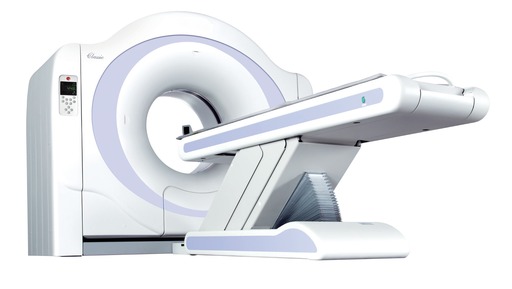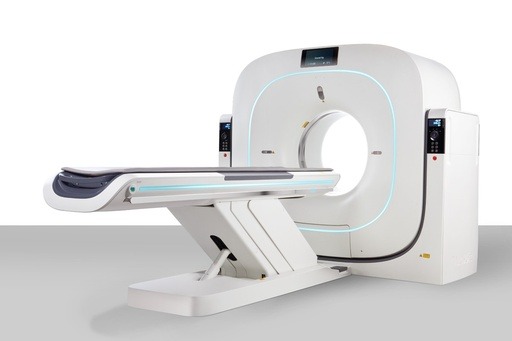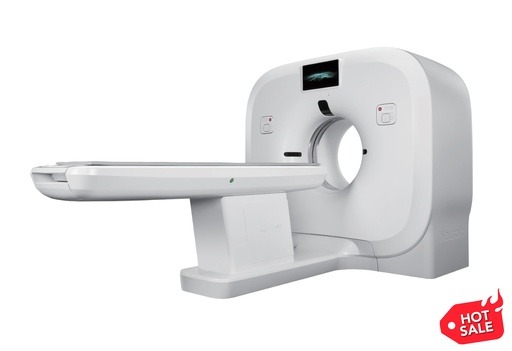Medical imaging technology has advanced significantly over the past few decades, with CT scanners (Computed Tomography) emerging as a pivotal tool in diagnosing various conditions. From detecting cancerous tumors to uncovering fractures and internal bleeding, CT scans are indispensable in modern healthcare. But along with their utility, concerns about radiation exposure and their frequency of use have raised questions. In this article, we aim to address those concerns and demystify how CT scanners work, their safety, and when they are most beneficial.
1. What is a CT Scanner?
A CT scanner combines a series of X-ray images taken from different angles around your body to create cross-sectional images (slices) of the bones, blood vessels, and soft tissues. It offers a more detailed view than standard X-rays, making it particularly useful for diagnosing diseases such as cancer, heart disease, and internal injuries.
Common Uses:
| Medical Condition | Application of CT Scan |
|---|---|
| Cancer detection | Identifying tumors, monitoring growth or shrinkage |
| Bone fractures | Detailed views of complex fractures |
| Cardiovascular issues | Detecting blockages in blood vessels |
| Internal injuries | Assessing internal bleeding or organ damage |
2. How Do CT Scanners Work?
CT scanners work by rotating around the patient, taking X-ray images from different angles. The data is then compiled into cross-sectional images by a computer. This 3D visualization enables physicians to pinpoint issues with high precision.
3. Are CT Scans Safe?
One of the most frequent questions about CT scans revolves around safety. Since CT scans involve radiation, it’s natural to be concerned about exposure. However, medical professionals reassure that CT scans are generally safe for most people when used appropriately.
Radiation Dose Comparison:
A standard CT scan delivers about 10 mSv (millisieverts) of radiation, compared to 0.1 mSv for a standard chest X-ray. However, technological advancements have drastically reduced these doses. For instance, the Mayo Clinic notes that the radiation doses used today are half of what they were a decade ago, while still providing highly detailed images(Mayo Clinic News Network).
Radiation Risks:
- Adults: Adults generally have a lower risk of radiation-induced health problems, as their tissues are less sensitive to radiation than children’s.
- Children: For children, radiologists take extra care, often reducing the radiation dose as much as possible(APRA).
Myth vs. Fact:
| Myth | Fact |
|---|---|
| CT scans lead to immediate health risks | For most adults, the risk is extremely low, and the benefits outweigh the risks |
| Multiple CT scans are dangerous | The risk from radiation builds up over time, but generally, radiation from diagnostic imaging does not accumulate unless it's very frequent and localize(Radiologyinfo.org) |
4. How Many CT Scans Are Too Many?
There is no strict upper limit to how many CT scans a person can have over their lifetime, but unnecessary scans should be avoided. In cases where repeated imaging is required (e.g., monitoring cancer or chronic illnesses), doctors carefully balance the need for diagnostic accuracy with radiation exposure concerns.
Key Considerations:
- For adults with chronic diseases, such as kidney stones, multiple scans may be necessary. However, doctors minimize risk by spacing out scans and using alternative imaging when possible (e.g., MRI, ultrasound)(APRA).
- Keeping a medical imaging history helps prevent unnecessary repeats of similar tests(Radiologyinfo.org).
5. CT Scans vs. Other Imaging Technologies
It’s essential to know when CT scans are the best option compared to other imaging technologies like MRI or ultrasound.
CT Scan vs. MRI:
| Feature | CT Scan | MRI |
|---|---|---|
| Imaging Method | X-rays | Magnetic fields and radio waves |
| Best for | Bone fractures, chest, abdominal issues | Brain, spinal cord, soft tissues |
| Speed | Faster | Slower, but more detailed for soft tissues |
| Radiation | Yes | No |
Why Choose a CT Scan: CT scans are ideal when rapid diagnosis is needed, such as in emergencies (e.g., identifying internal bleeding or fractures after accidents)(Mayo Clinic News Network)(APRA).
6. The Role of Contrast Agents
Many CT scans use contrast agents (often iodine-based) to improve image clarity by highlighting specific areas of the body. This is especially helpful in visualizing blood vessels or detecting blockages.
Are Contrast Agents Safe?
- Most people tolerate contrast agents well, but some may experience mild side effects like nausea or a metallic taste.
- Those with kidney issues should inform their doctor, as contrast materials may cause complications(MD Anderson Cancer Center).
7. Special Considerations for Children and Pregnant Women
CT scans are more carefully administered in vulnerable populations such as children and pregnant women due to heightened sensitivity to radiation.
- Children: Pediatric scans use significantly lower radiation doses to protect developing tissues(Radiologyinfo.org).
- Pregnancy: CT scans are avoided unless absolutely necessary, particularly in the abdominal region, as radiation could affect fetal development.
8. Preparing for a CT Scan
Preparation Tips:
- Fasting: Some CT scans, especially those using contrast agents, may require fasting for a few hours beforehand.
- Hydration: After scans with contrast agents, drinking plenty of water helps flush out the contrast from your body.
9. Conclusion: The Critical Role of CT Scanners
CT scanners have revolutionized diagnostic medicine, providing rapid and detailed information that is often critical for lifesaving treatments. While concerns about radiation exposure exist, the benefits of accurate diagnosis and treatment guidance far outweigh the risks for most patients. Always discuss with your physician whether a CT scan is necessary for your situation and explore alternatives if available.
Final Tips for Patients:
- Keep a record of all imaging procedures to avoid unnecessary repeats.
- Don’t hesitate to ask your doctor why a CT scan is recommended and if alternatives like MRI or ultrasound are suitable(APRA).
By understanding both the capabilities and risks of CT scanners, patients can make informed decisions about their healthcare.
→Click here to learn more about our CT Scanner
or


